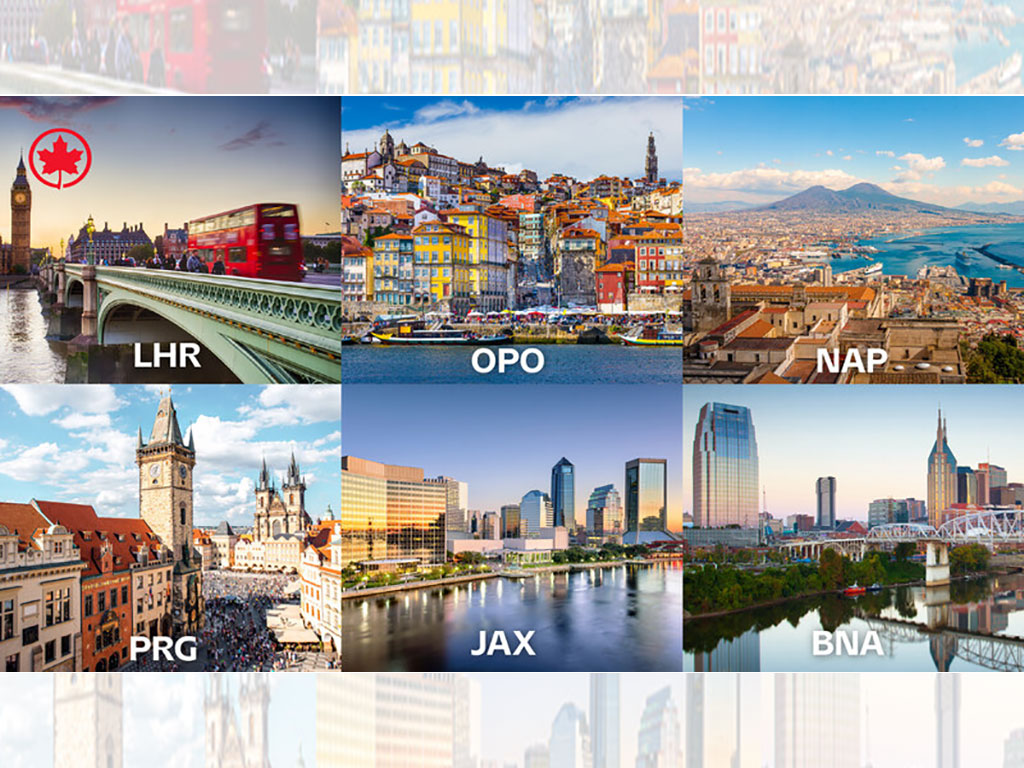The Biggest Danger Is ‘The Lockdown Paradox’

The main risk to the global economy in general and travel and tourism in particular from COVID-19 is not contagion or mortality but rather it stems from the actions that national and local authorities have taken to curb the outbreak – actions that have been dubbed “the lockdown paradox,” reports Quebec editor, Mike Dunbar in this week’s issue of Canadian Travel Press.
That was the analysis shared by Tourism Economics president Adam Sacks during an online COVID-19 update organized by Visit California and attended by some 1,200 listeners.
Sacks explained, “As the coronavirus outbreak continues to spread, the damage on economic output is becoming increasingly visible. The `virus fear’ has also generated a private confidence shock, with evidence of a pullback in discretionary spending, precautionary demand for staples ahead of a possible lockdown, businesses investigating contingency plans and large events being cancelled.”
He told listeners that the most acute impacts are being felt in the travel sector due to official travel restrictions, event cancellations and risk aversion
He declared, “Early indicators of Asian impacts are disastrous,” pointing out that Hong Kong overnight stays have fallen more than 90% and Thailand arrivals are down 70%.”
And he added, “Five weeks ago China was the third largest international aviation market in the world. Today it ranks 25th _ just behind Portugal – and coronavirus has resulted in two-thirds of international capacity to and from China being cancelled.”
In a chilling statement, Sacks told participants, “Impacts in the US will be worse than SARS.”
He explained, “We are currently modeling impacts based on an assumed five to six-month crisis window but a longer impact on travel where the most affected market segments will be large events and overseas visits to the US, which contracted for eight months in 2003.”
In a Feb. 3 forecast update for California, Tourism Economics predicted that total arrivals will grow only 1.6%, with a 1.8% boost in domestic traffic, and a 2.6% increase from Canada, offsetting a 1.2% decline from the rest of the international sector.
For the full story, check out this week’s digital edition of Canadian Travel Press.


